Table of Contents
Introduction
Our Vision
ESG & Sustainability
Nickel & Copper
First Steps
Power Nickel’s ESG Platform Programs
Offset of Drilling CO2 Emissions
Minimize Exploration Disturbance
Utilize Green Hydro Power
Use Environmentally Friendly Mine Design
Verification of Tailings Sequestration
CO2 Footprint Audit & Disclosure
First Nations Co-operation Programs
Additional ESG/Sustainability Initiatives
Choosing Disclosure Standards
Upsizing Our Corporate Governance
The Road Ahead
Power Nickel Inc. is pleased to submit its first ESG/Sustainability Report (2022) to all stakeholders, shareholders, and the investment community.
Investors and government/financial regulators are requiring more ESG (Environment, Social, Governance) and Sustainability reporting disclosure requirements with climate change mitigation, social responsibility, and energy transition strategies at the forefront of their focus.
Therefore, more public, and private companies are providing stakeholders with additional detail and disclosure regarding situation and regional specific mitigation initiatives, policies, and programs that today are a necessary and important part of a company’s overall corporate operating strategy.
As the corporate world moves more rapidly to provide added information in this regard with disclosure of ESG materiality and impacts, including the physical and financial risks of climate change, the junior mining exploration sector is following suit.
Power Nickel is preparing itself not only for the challenges of the future, but implementing programs today that will have a positive and far-reaching impact for all stakeholders and for the regions and communities in which it operates.
This report will outline Power Nickel’s ESG/sustainability programs currently in place and includes planned commitments for a sustainable and responsible future for our people, our operations, our products, for the environment, and for the partnerships & communities that we serve and respect.
OUR VISION: Establishing an ESG/Sustainability Platform
Power Nickel’s environmental, social, governance & sustainability (ESG&S) vision is to endeavour to provide, as well as respect, shared values and implement progressive programs over time that will be the most environmentally responsible, as well as socially and culturally sensitive and inclusive throughout all our operations and activities. This will entail establishing an ESG/Sustainability Platform for the company.
The company will work to identify and address the pertinent ESG&S issues (materiality) relevant to its industrial sector, such as First Nations partnerships & local community relations, water quality & quantity monitoring and protection, workplace diversity & training, biodiversity protection, and our carbon footprint. We will set goals and objectives to advance each of these towards performance levels that are better than current regulatory compliance standards.
We aim to set the highest of environmental, health & safety standards (EH&S) for our people, our operations & company licensed contractors, as well as for our surrounding operating environment, locations, and communities where we carry out any of our corporate business activities.
As Power Nickel develops and matures as a company, we will endeavor to draft and adopt suitable ESG & Sustainability polices/programs and operating procedures that aim to minimize and ameliorate (as much as possible) any known or perceived negative impacts that are material to our business operations, to the environment & ecosystems in which we operate, and to the communities on which we rely and serve.
The company’s ESG/Sustainability Platform also includes the objective to provide full & transparent disclosure regarding the progress of our current and planned ESG&S programs and initiatives. As a result, this first report will set the stage for where we currently are in our ESG journey, where we are going, and how we intend to get there…. for our people, for our products and for our planet.
ESG & SUSTAINABILITY: Why They Are Vital & Beneficial for All Stakeholders
Recent data from North American and global investor surveys indicates that ESG criteria and corporate sustainability programs are gaining in both retail and institutional “top-of-mind” importance rapidly over the past several years. Since the recent rise in interest rates and inflationary pressures this focus has waned somewhat but is still has momentum in overall total stakeholder attention.
The general trend continues to indicate more traction towards mandatory vs. voluntary ESG/Sustainability compliance and disclosure requirements going forward, including scenario analysis of the physical, financial, and reputational risks of climate change.
The benefits for any corporation by integrating ESG/sustainability programs into their overall strategic planning and operational functions while providing full disclosure, is not only limited to superior “green/sustainability” rankings, positive public awareness, and increased investor favoritism.
The other advantages include exacting procedural regulatory compliance, enhanced community engagement and partnerships, upgraded brand/product recognition, peer group positioning & valuation upgrades, improved access to capital (plus a lower average cost of capital), safer & more sustainable operations, talent attraction, employee training and retention scaleups, better operational efficiency, innovation and lower cost structures, resilience to physical, financial and operational risks, as well as strategic planning overhauls that identify opportunities for improvements in all of the above mentioned areas.
Power Nickel is in the early stages of reviewing and evaluating all the ESG criteria that are material to its operations as a junior mineral exploration company. Our aim is to design and implement sustainability programs to take each of these into account, plus design protocols to be put in place over time as we develop and expand. The goal is for each of these protocols to deal with the related ESG materiality requirements effectively and responsibly and their inherent risks and opportunities. However, since the company is involved in the hunt for critical battery metals of the highest quality, this is in fact a good part of its sustainability story.
NICKEL & COPPER: Critical Metals for the Drive to Net-Zero and Climate Change Mitigation
Critical minerals present a generational opportunity for Canada in many areas: exploration, extraction, processing, downstream product manufacturing and recycling. The federal government is committed to seizing this opportunity in a way that benefits every region across the country. Critical minerals are the building blocks for the green and digital economy. There is no energy transition without critical minerals: no batteries, no electric cars, no wind turbines, and no solar panels. The sun provides raw energy, but electricity flows through copper. Wind turbines need manganese, platinum, and rare earth magnets. Nuclear power requires uranium. Electric vehicles require batteries and fuel cells made with lithium, cobalt, palladium, gold and nickel and magnets. Indium and tellurium are integral to solar panel manufacturing.
Our flagship NISK project is a high-grade nickel sulphide deposit located in the world-class mining jurisdiction of Quebec, Canada beside a major provincial highway and a Hydro-Quebec substation.
Classified as Class I Nickel, our NISK deposit can be used for EV batteries which requires very stringent and tight tolerances. Only Class I nickel is currently of sufficient quality and economic for use in EV batteries.
However, EV vehicle manufacturers and the battery makers must also consider the source and supply chain of their material components. ESG and sustainability pressures are currently growing, so EV manufactures (and all other users of critical metals) are forced to consider more than just quality and cost, but also the ESG and climate footprint of what they are utilizing in their operations and final products.
With access to abundant low-carbon hydropower, a shallow mineral depth and established infrastructure nearby, the NISK deposit is ideally positioned to be one of the most low-cost and environmentally friendly sources of high-grade of Class I nickel in the world, including supplies of copper, cobalt, and palladium.
Our copper projects in Chile also have excellent potential to supply the greening economies of the world with the critical metal necessary for their energy transitioning to electrification and away from fossil fuels. Also, our gold properties in British Columbia could provide low-cost, low-carbon gold for EV batteries and electronics and many other applications for the green economy.
Please go to the main page of our website ( www.powernickel.com ) and our most recent corporate overview ( PowerPoint Presentation ) to view our full critical metals property portfolio and strategies to develop each in a zero-carbon environment.
FIRST STEPS: Standards Selection
As a backstop principle to all our activities just described, Power Nickel is committed to follow and adhere to the United Nations Sustainable Development Goals (UN SDGs) as they apply to the Mining and Mining Exploration sectors.
The company is currently reviewing all our operations under these UN SDG frameworks and protocols and will endeavor to adopt the ones that are relevant and closely aligned with our activities. We also aim to adhere to as many as the 17 SDGs as possible over the life of our mines, as we move forward with the various development stages at all our project locations ( THE 17 GOALS | Sustainable Development [un.org] ).
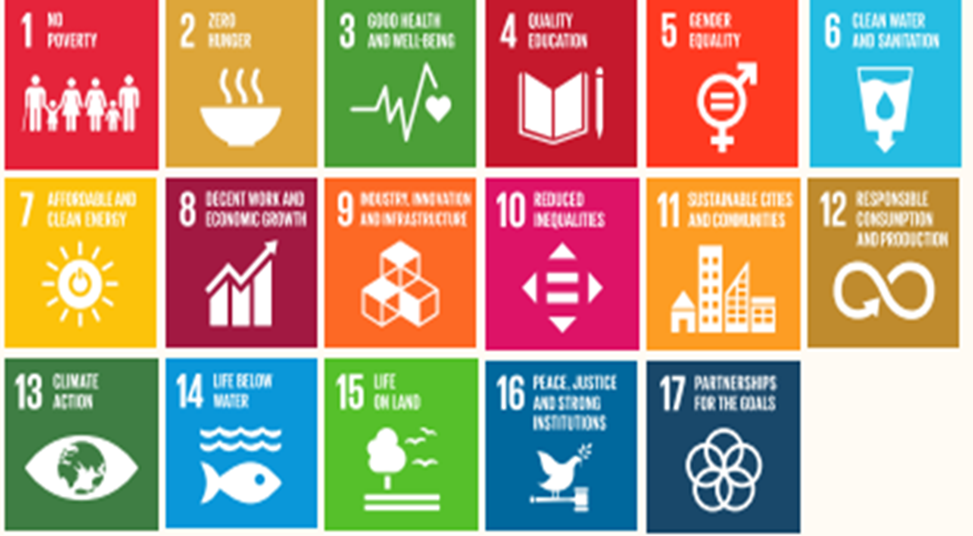
POWER NICKEL’s ESG/SUSTAINABILITY PLATFORM PROGRAMS
While our environmental footprint is currently relatively small as a junior mining exploration company, we strive to ensure that the local ecology is minimally (or not at all) impacted by our activities and have acquired all the necessary regulatory and First Nations access permits to operate in our mining exploration claim areas and drill sites.
Whenever and wherever available, Power Nickel strives to hire a largely local and diverse, highly skilled workforce with a high percentage of First Nations participation, as is the case at our NISK site in the James Bay area of Quebec.
Our Board of Directors (BOD) reviews all our operations & financial reporting and disclosures on a regular basis, and adheres to the highest of mining exploration reporting standards as laid out in the NI-43 101: Policy Guidelines and in the NI-58-101: Disclosure of Corporate Governance Practices issued by the CSA (Canadian Securities Association), and adopted by the BCSC (British Columbia Securities Commission),the OSC (the Ontario Securities Commission) and other regulatory bodies that govern and standardize capital markets reporting & disclosures for junior mining exploration companies listed in Canada.
We also plan to follow and adhere to the newly proposed CSA sponsored National Instrument (NI-51-107): Disclosure of Climate-related Matters, which is expected to be finalized and deemed mandatory for all miners in Canada by early 2024. Junior mining exploration companies will likely be given until early 2025 to comply, but we expect to be ready long before then. We will have more on this later in this report.
Our activities in Chile are at an early stage of exploration with minimal physical disturbance. Power Nickel adheres to all local, regional, and state environmental laws and permit regulations in that country. Reviews are undertaken by the BOD regularly to ensure this level of governance is practiced at all times.
As we continue to expand our exploration work, resource establishment and mine development studies in Quebec, British Columbia, and Chile, we will strictly adhere to our ESG policies and timelines, while upgrading them as much as possible before the need arises.
The following sections describe our current and planned initiatives in more detail:
Offset Drilling CO2 Emissions with Karbon X “Verra Certified” VOCs
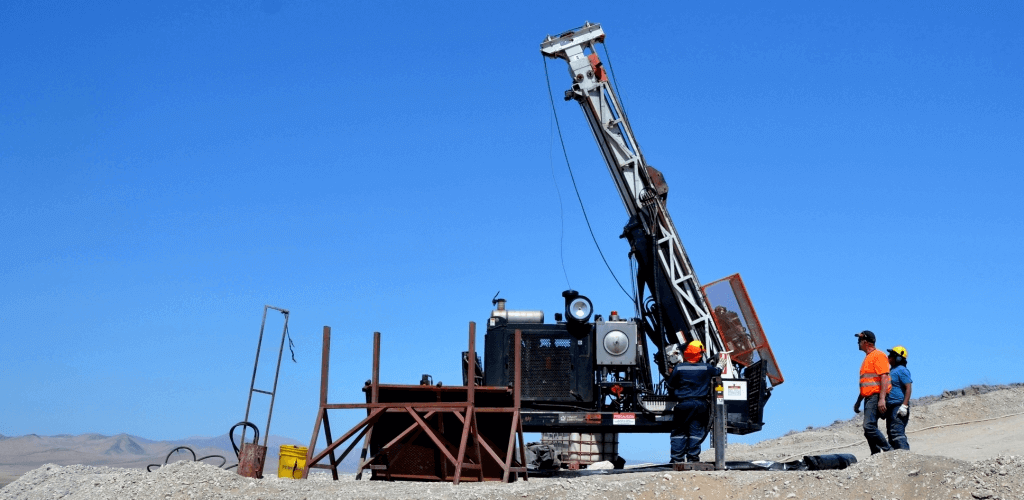
Power Nickel is the first junior mining company in Canada to offset their 2023 drill program (of up to 40,000 meters) with Voluntary Carbon Offsets (VCOs). ( Power Nickel Retains Karbon-X to Offset their 2023 Drill Program.pdf ).
The company has retained Karbon-X Corp ( www.karbon-x.com ) to retire 159 high quality Verra VCUs (Verified Carbon Units) carbon offsets, in the name of Power Nickel Inc. These 159 carbon offsets will counteract 159 tonnes of greenhouse gas (GHG) emitted by the burning of 60,000 litres of diesel in our exploratory drilling operations during 2023 and represents Power Nickel's commitment to offsetting their drilling program in the years to come.
These offsets will neutralize the diesel fuel the company will use to drill approximately 40,000 metres of drilling. It symbolizes our goal of becoming the first carbon-neutral nickel mine in the world.
One carbon offset represents the reduction, removal, or avoidance of one metric tonne of greenhouse gas (GHG) emissions from a certified project. Each offset is certified by a third-party verification board to ensure the project’s efficacy and is identified by a unique serial number.
When organizations and individuals purchase carbon offsets to reduce their carbon footprint, the offset is taken out of circulation. This process is referred to as retiring and ensures that each offset can only be claimed once.
Karbon-X Corporation is a tech-based carbon marketing company specializing in the sale of carbon offsets to offset greenhouse gas emissions from industrial applications and for citizens that are dedicated to reducing their impact on the planet.
We will continue to work with Karbon-X with offsetting our carbon footprint as we advance our exploration drilling programs in the near future. However, the company will also investigate the suitability of electric-powered drill rig usage, if and when they become economically and situationally available.
Minimize Exploration Disturbance Using Fleet Space Technologies

Power Nickel has recently announced a partnership with Australian-based Fleet Space Technologies ( www.fleetspace.com ) , a developer and operator of a constellation of microsatellites that delivers universal connectivity across the globe, including the exploration of Nickel ore deposits at its NISK project. The company will use innovative sound mapping technology from Fleet Space to locate additional high-grade nickel sulfide deposits with a greater level of accuracy.
Called "Exosphere," a rapid mineral exploration solution, Fleet Space mapping technology has already delivered promising results in exploration projects for high-grade nickel in Michigan and Minnesota. The satellite-enabled earth scanning technique is called Ambient Noise Tomography (ANT). Battery-powered devices known as ‘Geodes', which can be transported by hand, are used to capture background vibrations from natural and man-made sources. The data can be used to develop a full 3D visualization of the subsurface down to 2 km in depth. Fleet's Geodes are up to 10x more sensitive than existing nodal geophones, leading to better accuracy and depth of results. The exploration team can get a clear, rich image of what resources may be below ground in a period that can be as short as four days.
Historically nickel sulfide deposits are located in the form of pods in a geographic area. It is expected that the nickel ore deposits at NISK are also in the form of such pods. Currently, Power Nickel is exploring 1 square kilometer of its 45 square kilometer land package. Using Fleet Space's earth scanning technology, Power Nickel hopes to optimize its chances of finding additional deposits and increase its drilling accuracy as part of a well-developed drilling program. ( Power Nickel Announces Partnership With Fleet Space Technologies )
Another benefit that the use of the technology offers is that due to its higher level of accuracy in detecting nickel ore deposits, it can significantly decrease land disturbance in the exploration stage).
Utilize Green Hydro Power to Provide Energy for All Mining Activities
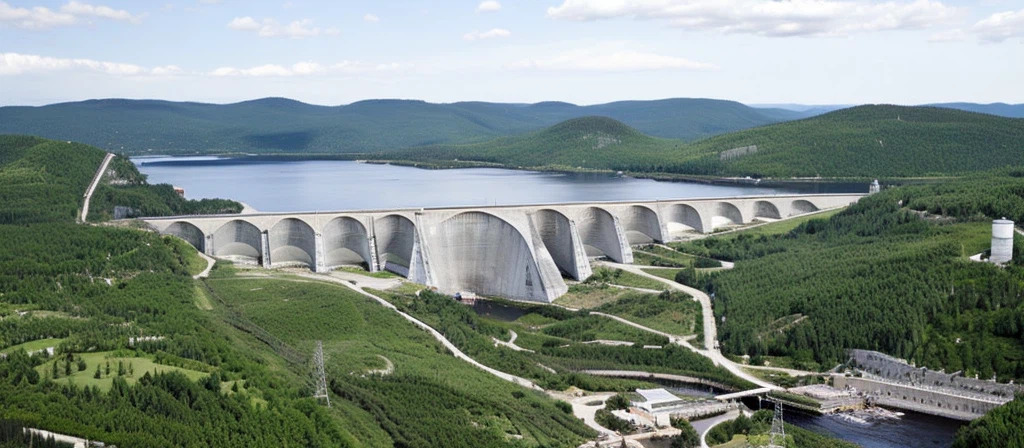
The company’s flagship NISK nickel project is situated nearby Quebec Hydro’s large Albanel substation (serviced by a 735GW hydro-electric line) that could provide more than enough green hydroelectric power for any future mine development and operations, including possible expansions (please see map below).
The substation is nearby the Nemaska regional airport, and is also serviced by Route-Nord, the main transportation road joining the Cree Nation community of Nemaska, the Nemiscau regional airport and the town of Chibougamau ( North Road jamesbayroad.com ) in the “Jamesie Region” of Quebec.
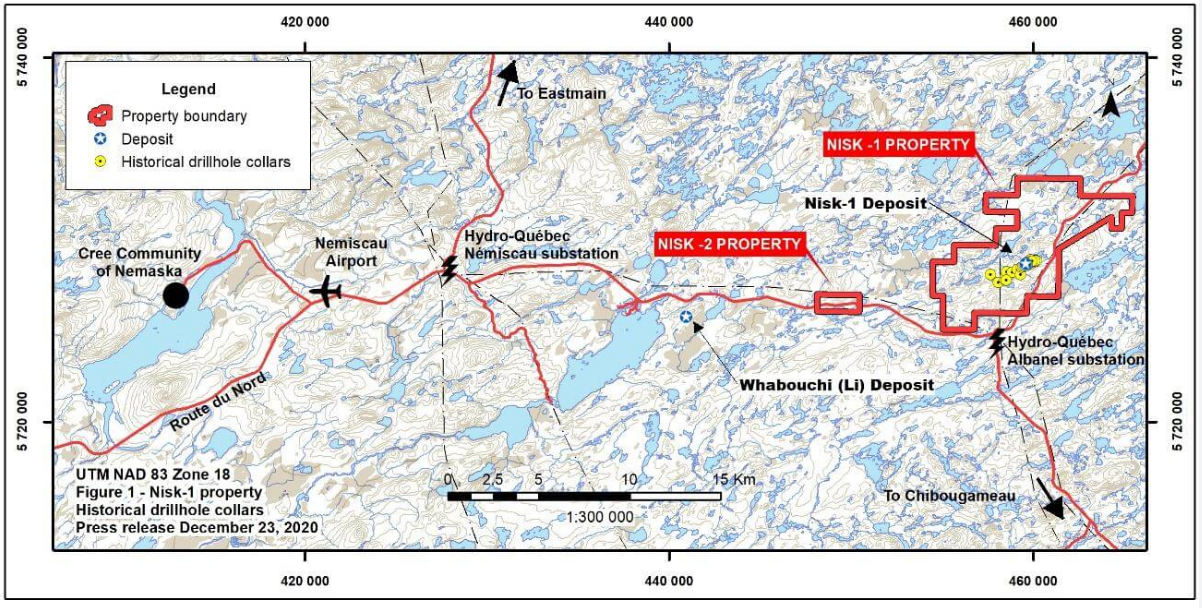
Use Environmentally Friendly Mine & Mineral Processing Design
The company is planning to use the best sustainable and proven underground mining processes and processing technology design available when we get to that stage in our development at any of our properties. It is imperative that to be a carbon neutral mining company we seek out and utilize only the most sustainable and cost-effective methodologies available and also strive to develop new clean-tech pathways for processing, transportation, delivery, and supply chain avenues.
Electrification of all motorized & energy dependent material handling, processing and transportation systems is an option that can & will be examined and fully exploited (again, if cost-effective) especially with vehicle charging stations serviced by plentiful supplies of hydro-electric power adjacent to a possible future mine site.
For underground extraction and refining alternatives, the company may also study the possibility of using bioleaching methodologies. Bioleaching is a low-cost process utilizing naturally living organisms, such as oxidizing bacteria. This method is much cleaner than the traditional heap leaching using cyanide. Bioleaching is one of several applications within biohydrometallurgy and several methods are used to recover copper, zinc, lead, arsenic, antimony, nickel, molybdenum, gold, silver, and cobalt. Bioleaching - Wikipedia
Verification that Ultramafic Tailings Naturally Sequester CO2

Mine tailings, or the waste material not utilized as the final product from mine processing operations, that were previously been seen as a liability, could play an important part in helping mines (with specific geological attributes and characteristics) achieve net zero carbon emissions through the process of carbon mineralization.
Specifically, tailings of ultramafic hosted deposits (ultramafic rock is defined as an igneous rock composed of 90 percent or greater of one or a combination of the following iron /magnesium-rich, dark -colored silicate minerals) like those found in nickel sulfite deposits located at our NISK site – have the potential to absorb a significant amount of CO2, according to numerous studies done all over the world.
Carbon mineralization is also classified as a natural carbon capture & storge (CCS) process. It is a process whereby ultramafic rocks react with atmospheric CO2 and convert it back into rock, where the CO2 can be stored in a safe and stable form for thousands of years. Ultramafic rocks can contain highly reactive minerals that have strong potential for carbon mineralization. The mining process strongly enhances that potential by breaking up the rock. Regular carbon mineralization involves the usually slow and natural process of weathering. However, this can be accelerated much faster in mine tailings waste because the rocks have been finely crushed and the surface area exposed to the surrounding air is much greater.
In addition to developing ways to measure the carbon mineralization process, further international research work* is focused on speeding up and enhancing the natural process. The research looks to double or triple that rate through relatively inexpensive surface modifications like churning and managing water content.
Power Nickel intends to work with the Critical Minerals Centre of Excellence (CMCE)+, in conjunction with Natural Resources Canada and Karbon-X to eventually develop, test and establish a certifiable and verifiable mine tailings-based carbon sequestration program (with associated offsets) when the potential nickel mine at NISK begins its planning stages in the future. This program could add to the company’s net-zero ambitions and future targets and might yield other possible benefits towards its overall goal of carbon neutrality.
+ The Critical Minerals Centre of Excellence (CMCE) at Natural Resources Canada leads the development and coordination of Canada’s policies and programs on critical minerals, in collaboration with industry, provincial, territorial, Indigenous, non-governmental and international partners. The Centre aims to advance critical mineral resources and value chains, which are essential for a green and digital economy. * Using tailings to get to net zero - Canadian Mining Journal (June 2021)
Operational CO2 Footprint Will Be Audited & Reported
Power Nickel intends to track, measure and disclose the CO2 footprint of all our operations, as we advance our projects in Quebec, British Columbia, and in Chile.However, before we can accomplish this, we have to put in place the suitable systems for collection, base-line comparisons and amelioration practices, so that we can report with confidence on our performance (no greenwashing), transitioning, and advancement towards our ultimate goal of being carbon neutral throughout all our operations.
Also, timelines need to be provided in advance of the establishment of the above systems & protocols. As well, the selection of the relevant material ESG & sustainability issues that would be the most critical for all stakeholders of Power Nickel and that make the most sense for a junior mining company as it matures towards a full mining operation going forward, needs to be chosen.
This will be carried out over the next 12-month period by our BOD and senior management team and the results will be disclosed in our publicly available corporate ESG progress updates (please see more background in the section on ESG Standards Selection below).
First Nations Cooperation Agreements & Community Support
It is the responsibility of the company, its Board of Director’s and all related parties that wish to do business in these areas, to respect the rights of all indigenous peoples. The company aims to fully honor to their right to free, prior and informed consent and to have the opportunity to partner in our business activities, while protecting all their customs and the land on which they call home. This is part and parcel of the UN Declaration on the Rights of Indigenous People (UNDRIP), and we intend to respect theses rights during every step of our progress and development ( DRIPS_en.pdf [un.org] ).
We are also aware of the CREE Nation Mining Policy, which was adopted by the Grand Council-Cree Regional Authority Council-Board. It has been the Cree Nation mining policy framework for solitary and/or joint development projects since July 2010. We are in the process of examining the policy fully and will work to adapt to its requirements as our projects proceed further.
The pillars of the Cree Nation Mining Policy are:
1. Promotion and support of mining activities – The Crees support and promote the development of mining as part of their approach to natural resource management and as a tool for social and economic development.
2. Mining and sustainable practices – The Crees believe that mining activities must be done in a manner that is compatible with sustainable development. Appropriate existing governance tools are to be used throughout all phases of mining activities, including social and economic agreements, environmental assessments and biodiversity protection, and remediation processes.
3. Transparency and collaboration – The Crees believe that mineral exploration and mining activities in the territory should be a transparent and collaborative process. Mining | The Grand Council of the Crees (Eeyou Istchee) [cngov.ca]
As well, we will refer to and utilize the Mining Association of Canada’s (MAC) Indigenous & Community Relationships Guidelines which provide an additional set of tools to aid in our upcoming relationship development programs with First Nations going forward ( Indigenous Affairs - The Mining Association of Canada ).
ADDITIONAL ESG/SUSTAINABILITY INITIATIVES: What’s Next for Power Nickel
Choosing Standards, Disclosure Methodology and Transparency
Power Nickel is closely examining the Mining Association of Canada’s “Towards Sustainable Mining” Standard which is a globally recognized sustainability program that supports mining companies in managing key environmental and social risks and we may adopt the protocols suitable for a junior mining company.
The Towards Sustainable Mining (TSM) initiative allows mining companies to turn high-level environmental and social commitments into action on the ground. At the same time, it provides communities with valuable information on how operations are faring in important areas, such as community outreach, tailings management and biodiversity.
The TSM Guiding Principles are backed by a suite of protocols that allow mining companies or effectively measure and publicly report their performance to all stakeholders.
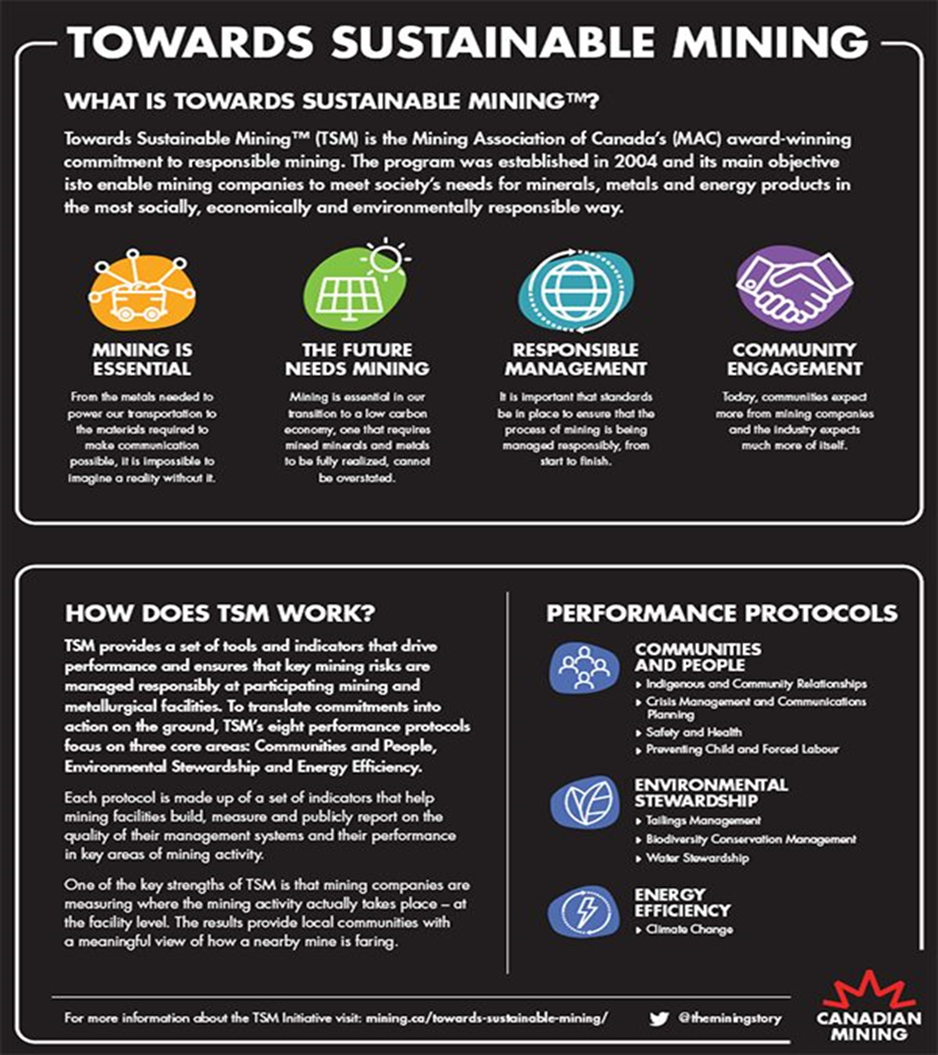
The company will also look at the Global Reporting Initiative (GRI) Standard (see Figure 1) and its “Mining Sector” items of materiality (over 25 criteria suggested) and chose the most 5-6 criteria that would be applicable for a junior mining company similar to Power Nickel. If adopted, senior management and the BOD will then devise specific programs and initiatives to deal with each as we move forward with our ongoing exploration work and possible mine development. ( gri_mining_sector_standard_exposure_draft.pdf [globalreporting.org] ).
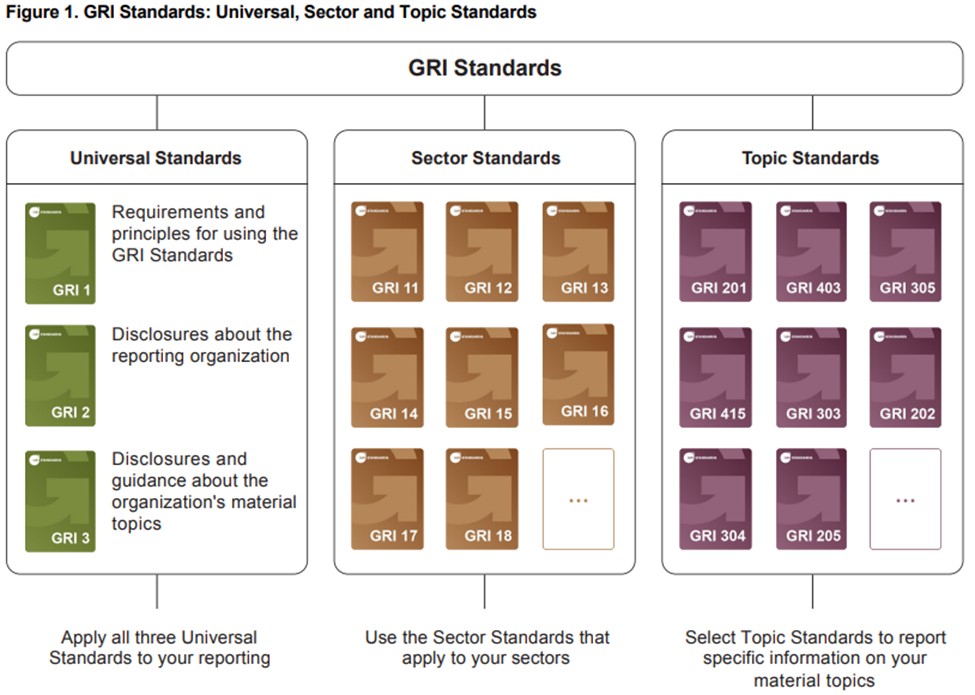
We will disclose our progress with the adoption of these standards and protocols with all stakeholders regularly (with separate annual ESG reviews and regular quarterly TSXV reports) and will also provide a full accounting of the relevant risks and opportunities that will develop as a result of our deep dive into the various materiality criteria that will shape our ESG/sustainability strategy and programs.
Later during our path to becoming an operational mine and where possible and relevant, we will undertake to utilize the Science-based Target Initiative (SBTi) protocols and methodologies to determine any metrics and targets that we may need to adopt to meet the GRI requirements, where appropriate and if cost-effective ( www.sciencebasedtartgets.org ).
UPSIZING OUR CORPORATE GOVERNANCE: Policy & Disclosure Development
The Board of Directors of Power Nickel has responsibility for the stewardship of the company including responsibility for strategic planning, identification of the principal risks to the company’s business and implementation of appropriate systems and programs to manage these risks, succession planning (including appointing, training and monitoring senior management), communication with investors, all stakeholders and the financial community and the integrity of the company’s internal control and management information systems. These functions are all covered by National Instrument 58-101: “Disclosure of Corporate Governance Practices of the Canadian Securities Administrators -CSA ( Homepage - Canadian Securities Administrators [securities-administrators.ca] )” and is posted on the Power Nickel SEDAR filings page here.
The CSA is now proposing a new National Instrument (NI-51-107: Disclosure of Climate-related Matters ( Canadian securities regulators seek comment on climate-related disclosure requirements - Canadian Securities Administrators [securities-administrators.ca] ) and have followed up with further comments regarding the final development of the new disclosure requirement ( Canadian securities regulators consider impact of international developments on proposed climate-related disclosure rule - Canadian Securities Administrators [securities-administrators.ca] ).
The proposed requirements contemplate disclosure by issuers related to the four core elements of the Task Force on Climate-related Financial Disclosures (TCFD) ( www.fsb-tcfd.org ) recommendations:
The company expects the final regulation to be delivered sometime before the end of the second half of 2023 and be mandatory for all large public and private issuers by the start of 2024. Junior mining exploration companies will likely have until the start of 2025 to comply and with less reporting requirements as compared to corporations with producing mines.
Regardless, Power Nickel has already begun the task of preparing for this new disclosure regulation. With the assistance of independent ESG specialists, our Board of Directors is currently drafting the necessary proposed charter & policy items, beginning the set-up of the materiality selection process and related ESG programs, as well as a reporting and delivery structure to provide the senior management team with the tools and program specifics to have the company ready for proper compliance and disclosure, when instituted.
In addition, the BOD will provide its members and senior management team with advanced training in climate risk analysis and disclosure, to enable a complete and transparent ESG/sustainability message delivery to all stakeholders and regulators.
THE ROAD AHEAD: Transparency, Communication and Progress

Power Nickel is pleased to have presented our first ESG/Sustainability report to all stakeholders with an outline of the status of our current programs and those under development.
The company will continue to update you on how it is progressing in terms of its planned commitments, ESG materiality selection, new program development & targets, peer group comparisons and risk/opportunity assessments.
We welcome your comments and feedback by contacting the Power Nickel team at: info@powernickel.com